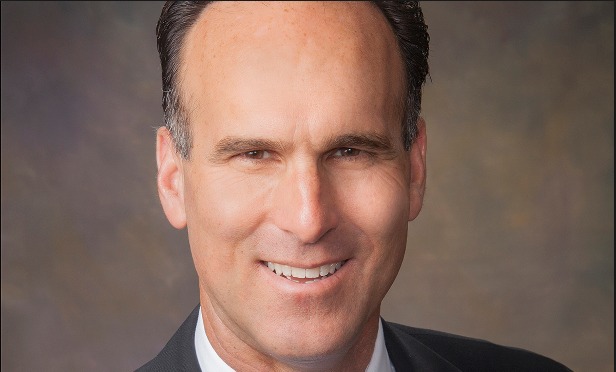
The industrial product in Los Angeles is aging. According to new research from CBRE, the average age of industrial buildings in infill Los Angeles is 39 years, and these buildings are not equipped to handle the needs of ecommerce tenants today. Redevelopment is a solution to the problem, but its takes time and, with the tight industrial supply, there are limited redevelopment opportunities. To find out more, we sat down with Kurt Strasmann, executive managing director at CBRE. Here, we talk about the aging industrial stock, why it has been challenging to redevelop and what features ecommerce users are looking for.
GlobeSt.com: Why has it been challenging to build or redevelop warehouse product in Los Angeles?
Kurt Strasmann: Los Angeles is an infill location, which means that most areas are built-out already. Secondly, most of the inventory stock was constructed 30 to 40 years ago and designed for a different industrial sector. L.A. was originally a thriving manufacturing-based economy, thus the buildings at the time were designed and erected with different features aligned with the manufacturing process. These type of features include heavy power, ground-level doors, typically lower ceiling clearance, etc. Today's primary demand is warehousing for distribution and fulfillment. In order to redesign or re-develop these existing buildings, it is often just easier and more efficient to start from scratch. Also, some California regulations add additional challenges in terms of time and cost, the supply of available assets are severely limited due to exceptionally low availability rates, plus the demand for any industrial product from existing users and lastly other product-type investors have outbid industrial developers for opportunities, for example residential. When you combine all these elements it becomes very challenging to find and execute on any opportunity.
GlobeSt.com: Where are the best opportunities for redevelopment, and what is demand like?
Strasmann: The best opportunities for redevelopment are by far the off-market situations that allow a developer or investor to reposition a corporate-owned facility with an existing tenant who is planning on relocating within a certain period of time. This allows the developer to receive rental income on the asset while obtaining the necessary permits to construct or reposition it. Once the user moves out, the developer or investor has mitigated any downtime in carrying the asset during the construction and repositioning period. The demand for quality product is the best it has ever been!
GlobeSt.com: What are the features that are essential for warehouse infill industrial product today?
Strasmann: Features essential for today's warehouses include a high ceiling clearance of 36 feet and over, great truck-loading access and flow, rectangular-shaped buildings that allow maximum efficiency, super flat floors with heavy capacity, ESFR sprinkler calculation, fenced and secured yard areas and curb appeal. Location is of course always important as well.
GlobeSt.com: What is the general cost and time to update older buildings in Los Angeles?
Strasmann: The cost always depends on the type of repositioning the developer or investor is planning on. You cannot quantify the cost generically because each site lends itself a bit differently. In case of a complete scrap and all the stars align without an issue being contested by any select groups within the city or special interest groups, you're looking at a 10-12 month timeline for obtaining permits and construction.
GlobeSt.com: What does the current redevelopment pipeline in Los Angeles look like?
Strasmann: The current redevelopment pipeline in LA is very limited due to limited opportunity. For example, the entire Los Angeles and Orange County infill pipeline is typically 4-7 million square feet at any given time versus the Inland Empire where more than 20 million square feet a year have been delivered over the last five years annually—in other words, more than 100 million square feet in the last five years alone.
© Touchpoint Markets, All Rights Reserved. Request academic re-use from www.copyright.com. All other uses, submit a request to [email protected]. For more inforrmation visit Asset & Logo Licensing.






